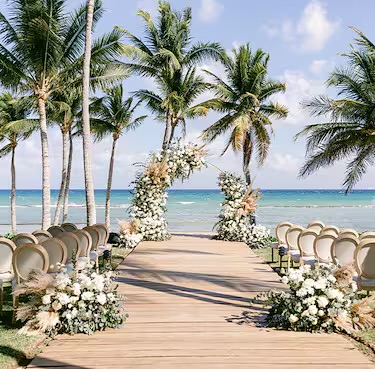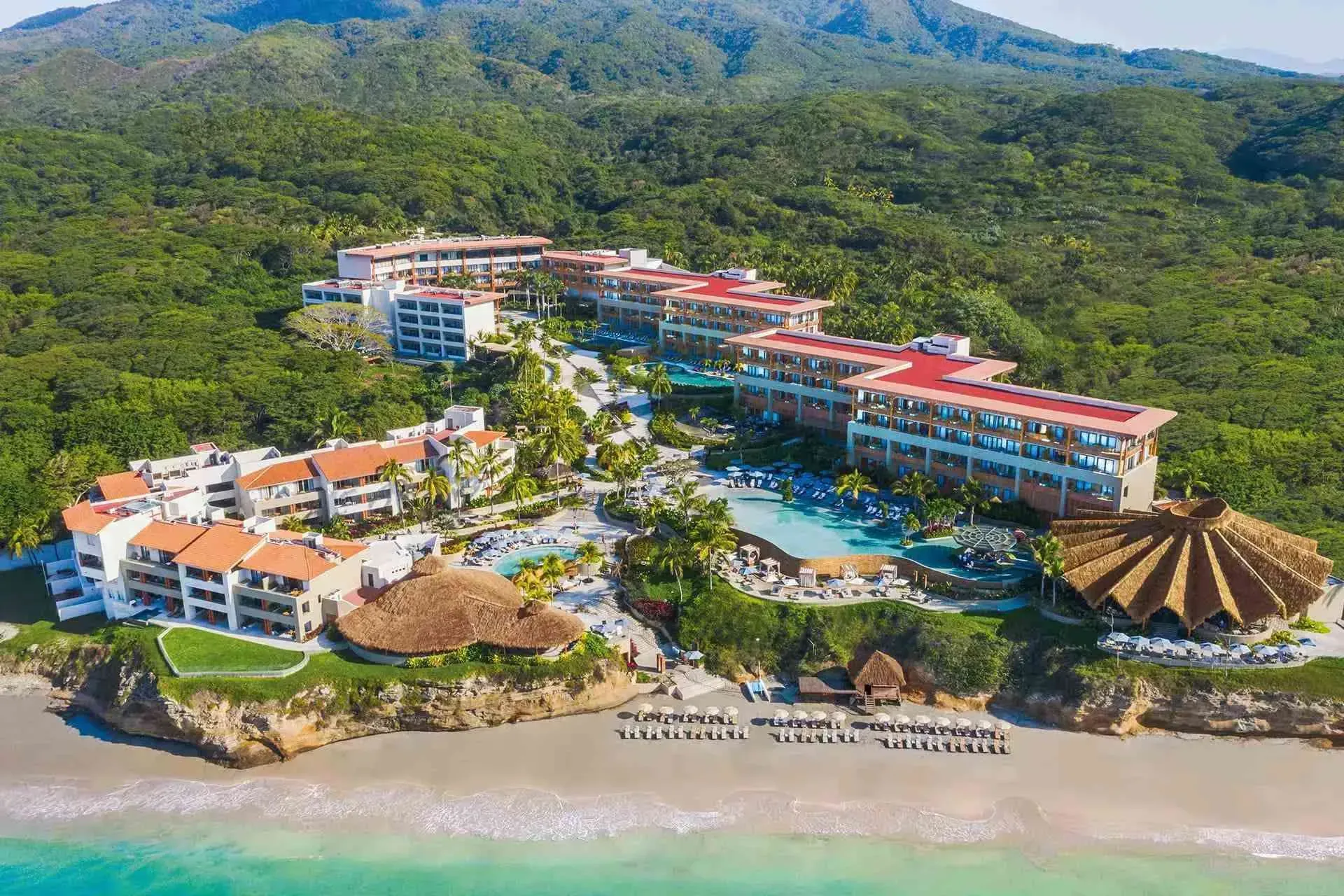The popular and scenic region of Provence in the southeast corner of France has come to worldwide attention thanks in part to the books of—among many others—Peter Mayle, a British expatriate who chronicled its charms and curiosities. Mayle writes about a relatively small section of Provence, called the Luberon, which is considered by many to be the heart of Provence.
True to description, the Luberon section of Provence is breathtaking: purple lavender fields, craggy olive trees, multicolored vineyards, cliffs, gorges and ancient villages. The appeal of Provence goes back much further, however, and artists over the centuries have been captivated by the quality of the light in the countryside. You really have to see it to believe it.
Geography
Provence consists of six administrative "departments" which, moving from north to south clockwise are: the Hautes Alpes, Alpes de Haut Provence, Alpes Maritimes, The Var, Bouches-du-Rhone and Vaucluse. Typically, the two departments on the west side of Provence, the Vaucluse and Bouches-du Rhone, are what tourists associate with Provence, but this region of France is much more varied in scenery, customs, and range of activities than these two departments suggest.
The Hautes Alpes, in the northernmost area of Provence, feature mountains rising more than 9,850 ft/3,000 m, near the Italian border. The Alps there are a renowned ski area, and early summer through fall, alpine hiking is extremely popular, too.
Alpes de Haute Provence is in central Provence; its main town is Digne. The draw of this area is its scenic hill towns, such as Moustiers-Ste-Marie, as well as the Gorges du Verdon, a much-visited, dramatic canyon.
The Alpes Maritimes is a coastal region with famous resorts such as Nice, Cannes and Antibes. Small villages close to the sea with well-preserved medieval centers and sweeping views of the Mediterranean include Eze and St. Paul de Vence, where American author James Baldwin once lived. To the northeast of the department is the expansive Parc National de Mercantour, with beautiful alpine scenery and plenty of opportunities for hiking and outdoor activities.
Var, the southernmost department, includes some beautiful coastline and chic resorts such as St. Tropez. The Iles d'Hyeres are just off the south coast of Var, and nearby are quaint hill towns such as Gassin and Ramatuelle. The interior and north feature many interesting sights, such as the villages of the Cotes du Rhone wine area and the well-preserved 12th-century Thoronet Abbey.
Vaucluse is a landlocked department highlighted by the Luberon area, with its lovely small villages, fragrant meadows and ancient farms. In the west is the famous bridge of Avignon and the Roman ruins of Orange.
Bouches-du-Rhone is the southwest area of Provence, where you'll find the thriving multicultural port city of Marseille, the historic Roman ruins in Arles and the charming market town of Aix-en-Provence. The protected marshes of the Camargue National park are a bird-watching paradise.


































